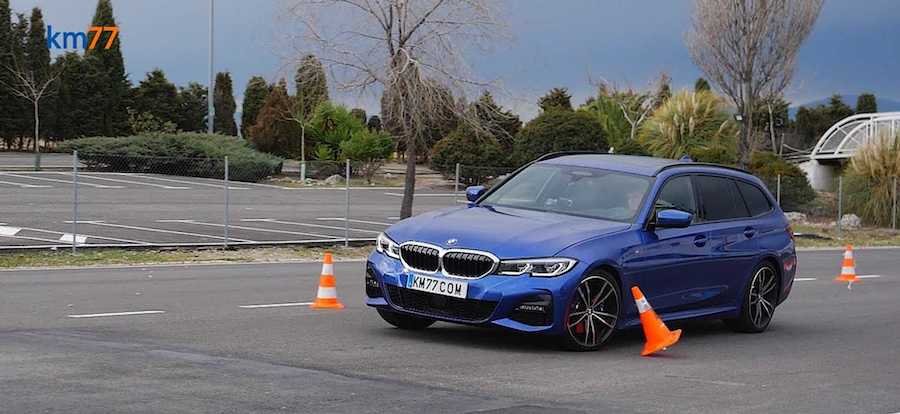When it comes to avoiding a moose at highway speeds, the BMW 3-series wagon is one the best thanks to its proficiency at the dread moose test. This critical highway safety test is meant to display a car's ability to quickly maneuver around a large on-road threat while maintaining control. So how does the moose test work and why does it matter?
The moose test does not involve a real moose and instead uses a more humane cone set up to simulate the spacing required to avoid this majestic creature. Truth be told the moose test is more applicable to avoid a static road obstacle or car reversing into the street rather than a moose. When it does come to moose, traffic guidelines suggest braking hard and trying to slip behind the moose rather than swerving in front of it.
Regardless of its Moose saving implications, this obstacle avoidance procedure does reveal how a car handles quick obstacle avoidance measures at speed. Volvo famously builds the moose test into the development of its vehicles which spend a lot of their time in moose country.
The moose test involves an "S" shaped cone set up on a dry road surface. Cars are run through this course at ever-increasing speeds until a cone is hit. In the case of the BMW 3-series wagon test subject, the wagon was able to complete the test up until 78 km/h or 48 mph. The 3-series wagon was run at 80kmh but didn't have the front end grip required to avoid all of the cones.
When you compare the BMW 3-series' test speed of 78kmh to other contenders, the magnitude of this feat begins to make sense. A 991 911 Carrera 4S completed the same test at only 80kmh while a Honda CR-V was only about to muster 75kmh. The 3-series wagon was able to match the BMW M2's 78kmh run on the same test, which is an impressive feat for a family hauler.
Related News



